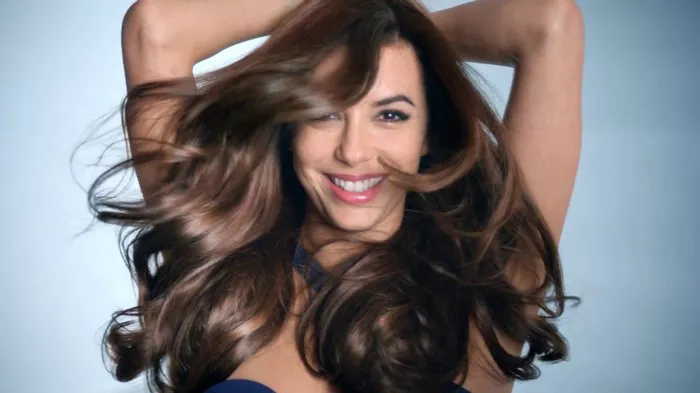Hair, often considered a reflection of one’s health and identity, can undergo various changes indicative of its overall well-being. Understanding the signs of unhealthy hair is crucial for implementing effective care routines and addressing underlying issues. In this comprehensive guide, we unravel the visual cues that signify hair distress, offering insights, tips, and considerations for individuals keen on nurturing their hair back to vitality.
1. Lackluster Appearance: The Dull Tell-Tale Sign
Healthy hair boasts a natural shine and vibrancy, while unhealthy hair often appears lackluster and dull. A loss of sheen may be attributed to a variety of factors, including dryness, damage, or insufficient nourishment.
2. Split Ends: The Visible Divide
Split ends are a common manifestation of hair distress. When the protective outer layer of the hair cuticle is compromised, the hair shaft splits into two or more fragments. Regular trims and proper care can prevent and manage split ends.
3. Excessive Dryness: Thirsty Strands
Unhealthy hair tends to be excessively dry, resulting in a rough and coarse texture. Dryness can be caused by factors such as overwashing, exposure to harsh weather conditions, or the use of products containing alcohol.
4. Brittle Texture: Fragility Under Stress
Brittle hair lacks flexibility and breaks easily, a clear indication of compromised health. Factors such as excessive heat styling, chemical treatments, and a lack of moisture contribute to the brittleness of hair strands.
5. Excessive Frizz: Unruly Tresses
While some level of frizz is normal, excessive frizz can be a sign of unhealthy hair. Lack of moisture, damage to the hair cuticle, and exposure to humidity are common culprits behind frizz.
6. Changes in Elasticity: The Stretch Test
Healthy hair exhibits elasticity, allowing it to stretch and return to its original state without breaking. Unhealthy hair may lose this elasticity, leading to breakage when subjected to stress, such as combing or styling.
7. Color Fading: The Vanishing Act
Colored hair that fades rapidly may indicate underlying damage. Unhealthy hair struggles to retain color due to factors like porousness, frequent washing, and exposure to sunlight.
8. Scalp Issues: The Foundation of Health
A healthy scalp is crucial for healthy hair. Issues such as dandruff, itchiness, or inflammation may suggest an imbalance or an underlying scalp condition that requires attention.
9. Thinning Hair: The Visible Reduction
Experiencing visible thinning or a reduction in hair density can be a sign of underlying health issues. Conditions like hormonal imbalances, nutritional deficiencies, or genetic predispositions can contribute to thinning hair.
10. Lack of Bounce and Volume: Lifeless Strands
Healthy hair possesses natural bounce and volume. Unhealthy hair, on the other hand, may appear flat, lifeless, and lacking the buoyancy associated with well-nourished strands.
Conclusion: Nurturing the Roots of Vitality
Identifying the signs of unhealthy hair is the first step toward restoring vitality and promoting overall hair health. Each visual cue, from lackluster appearance to excessive frizz, offers valuable insights into the unique needs of individual hair.
In conclusion, embracing a holistic approach to hair care involves understanding the nuances of hair distress and tailoring care routines accordingly. Regular trims, appropriate moisture, and a balanced diet are foundational elements in nurturing healthy hair. As individuals recognize the visual cues of distress, they embark on a journey of restoration, fostering a sense of identity through the vibrant and resilient expression of their hair.

